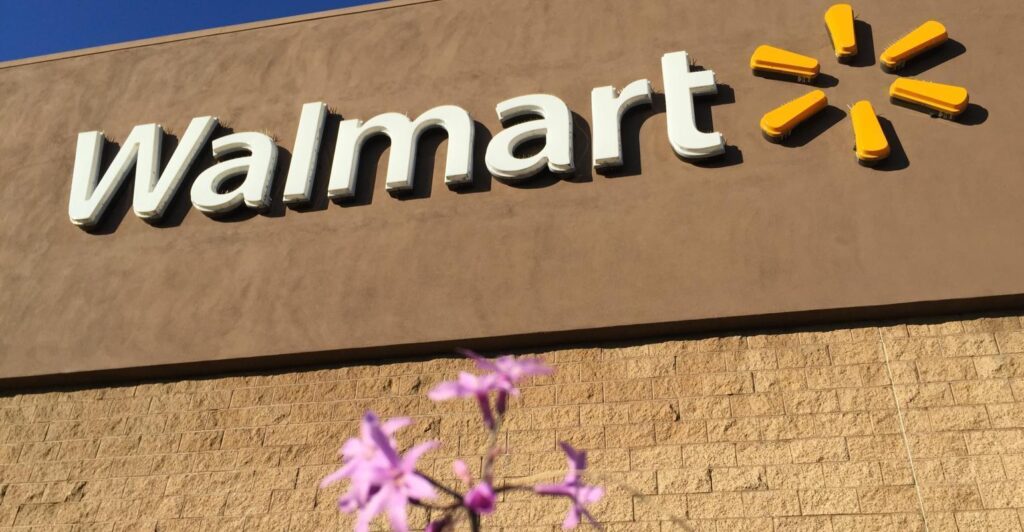Walmart, working with Morning Consult and a survey sent to more than 2,200 shoppers, recently released the inaugural State of the Adaptive Retail Report, which provides insight into a new era of retail in which consumers are driving the future of shopping experiences through new tech such as artificial intelligence.
The 2024 report provides insight into the future direction of adaptive retail being driven by shopper preferences and reveals four emerging trends: curated choices for next-gen conveniences, the desire for a frictionless journey from discovery to purchase, often while multitasking, preference for a deeper blend of best of in-store and online, and prioritization of value over channel.
As for next-gen conveniences, the study found that more than half of shoppers want a tool that recommends the best products for them based on their actual space or body; nearly half of shoppers want to receive suggested items based on their preferences, mood, local weather, schedule, etc.; thirty-eight percent of shoppers would always want a virtual personal shopper available to them, and for both Gen Z and parents that number jumps to 50%; and 42% of Gen Z and 44% of parents are interested in receiving any regularly purchased items (food and non-food) through a subscription or auto-delivery service.
With the second trend, multi-taskers drive everywhere shopping, a majority of consumers (56%) have made purchases while watching TV in the past six months; 21% of people admit to shopping online while doing daily tasks; fifty-five percent of Gen Z have made a purchase while browsing social media in the past six months; social media is becoming a key platform for product discovery, especially among Gen Z; and 20% of Gen Z shoppers and nearly a quarter of early adopters believe shopping primarily through entertainment and social media platforms will make their shopping experience more convenient and enjoyable.
The third trend, moving beyond the blend, was backed by the following findings in the report: shoppers want tech solutions for efficiency as 49% desire a store-path mapping app, and 50% are interested in phone-based self-checkout in-store; fifty-eight percent of shoppers are not willing to wait more than a day for grocery delivery; and 64% want to use a service where orders are delivered in 30 minutes without an extra delivery cost.
The study came up with the fourth trend, channel indifference starts with value after research revealed competitive, fair pricing, high-quality items, and security of personal data are most important to consumers when shopping, regardless if they are online or in-store; thirty-five percent of shoppers expressed a preference to blend online and offline channels for food shopping, while only about a quarter are currently doing so; more than half of early adopters and Gen Z are now shopping for food either entirely online (54%) or using a mix of online and in-store shopping (58%); and when Gen Z shoppers run out of an item, they are almost as likely to order for same-day delivery as they are to make a quick store run.


